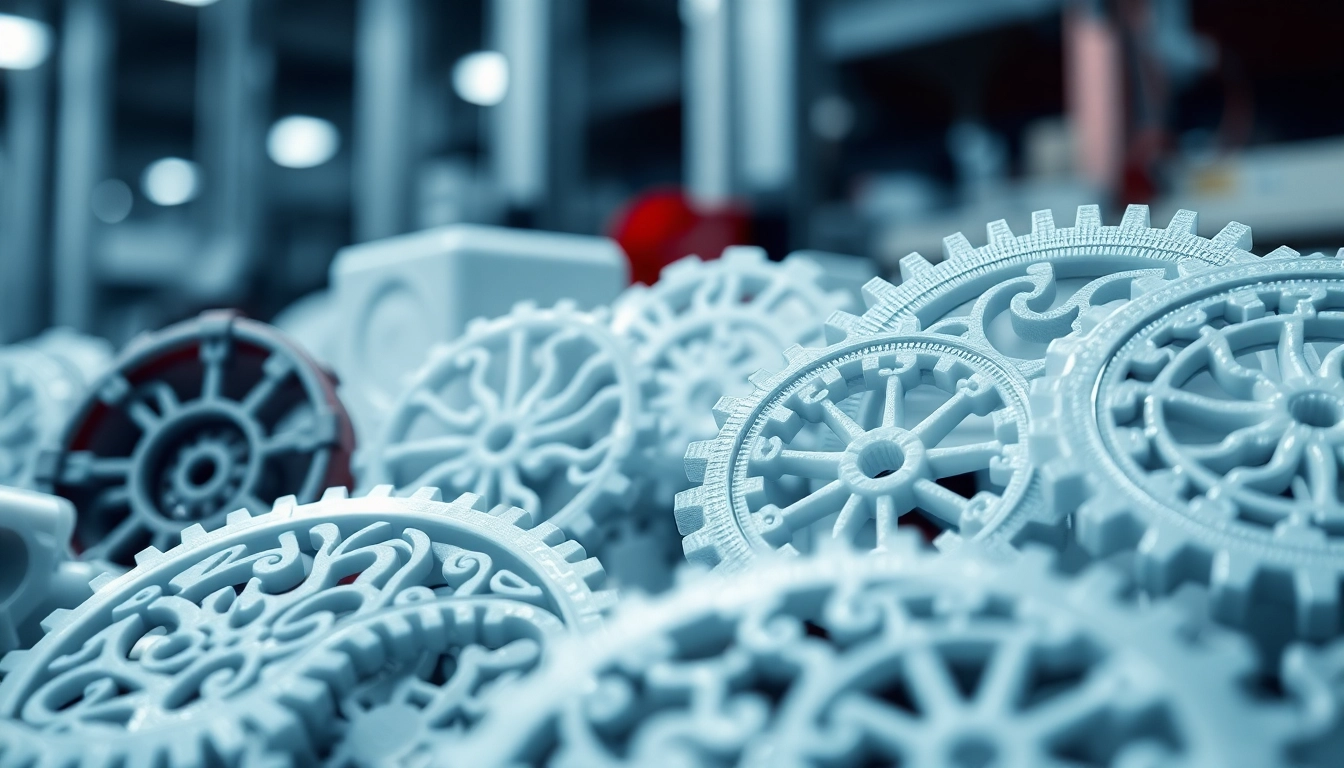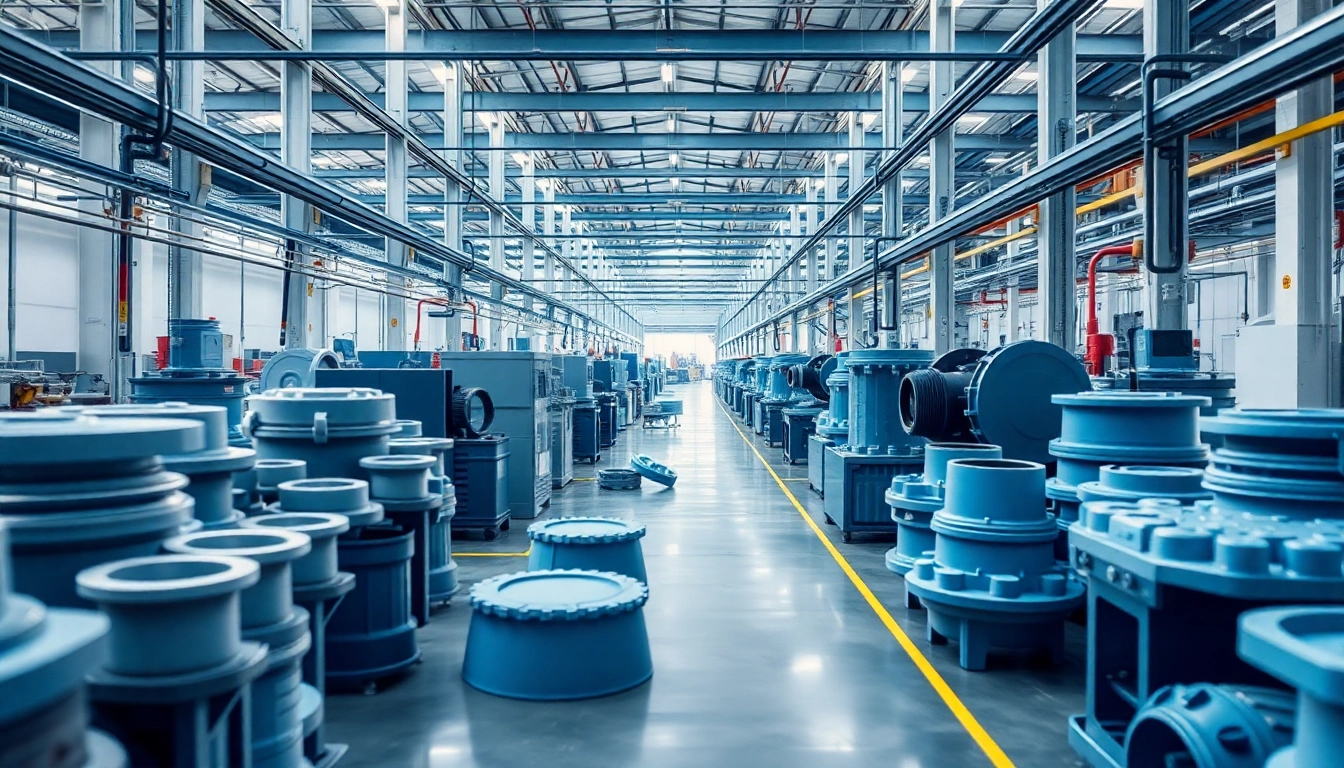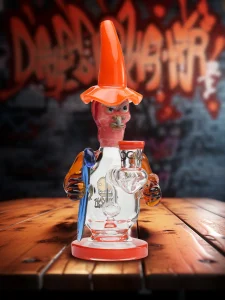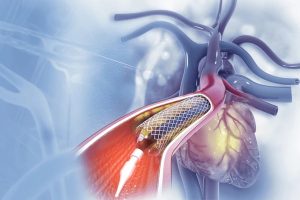Understanding Blow Moulded Plastic Parts: Processes, Applications, and Benefits
Introduction to Blow Moulded Plastic Parts
Blow moulded plastic parts are an essential component in various industries, serving purposes ranging from packaging to automotive applications. The blow moulding process involves the creation of hollow plastic parts using molten plastic, which is inflated into a mould. This method has revolutionized the way manufacturers design and produce plastic components. With the increasing demand for lightweight, durable, and cost-effective materials, blow moulded plastic parts have gained prominence in many sectors.
What Are Blow Moulded Parts?
Blow moulded parts are hollow plastic components created through the blow moulding manufacturing process. This technique primarily produces items like bottles, containers, and various shapes used in industries such as consumer goods, automotive, and healthcare. The process starts by heating plastic until it becomes pliable, forming it into a hollow tube known as a parison. Once the parison is placed in a mould, air is blown into it, expanding the material to adopt the shape of the mould, creating a seamless and hollow product.
History and Evolution of Blow Moulding
The origins of blow moulding can be traced back to the early 1930s when the process was first used to produce glass bottles. With the development of synthetic plastics, blow moulding techniques have rapidly evolved, particularly after World War II, when plastics became widely available and economically viable for mass production. The introduction of polyethylene and polypropylene in the 1950s expanded the applications of blow moulding significantly. Today, the blow moulding process has advanced with the advent of technologies such as injection stretch blow moulding, allowing for enhanced performance and design flexibility.
Key Characteristics of Blow Moulded Plastic Parts
Blow moulded parts are recognized for several key characteristics that make them ideal choices for various applications:
- Hollow Structure: The hollow nature allows for lightweight designs, making blow moulded parts easier to handle and transport.
- Consistent Thickness: The blow moulding process delivers uniform wall thickness, which is crucial for structural integrity and strength.
- Versatile Designs: Manufacturers can create intricate shapes and varying sizes, enhancing the aesthetic appeal and functionality of products.
- Cost-Effective Production: Blow moulding is efficient and offers reduced manufacturing costs, especially for large production runs.
Types of Blow Moulding Processes
Extrusion Blow Moulding Explained
Extrusion blow moulding is the most common type of blow moulding process. The process starts with the continuous extrusion of melted plastic to form a parison. This parison is then clamped into a split mould and inflated using compressed air. Extrusion blow moulding is notably efficient for producing large parts and containers, such as jerrycans and bottles. However, it may be limited in producing items with precise dimensions due to the inherent nature of the extrusion process.
Injection Blow Moulding: A Comprehensive Overview
Injection blow moulding combines traditional injection moulding and blow moulding. In this process, the plastic is first injected into a mould to create a preform. The preform is then transferred to a blow mould where it is inflated. This two-step method enables higher precision and can accommodate complex shapes. It is primarily used for producing smaller containers, such as bottles for pharmaceutical and cosmetic products, where consistency and quality are paramount.
Comparison of Blow Moulding Techniques
The choice between different blow moulding techniques often depends on the specific requirements of the production process:
| Process | Advantages | Disadvantages |
|---|---|---|
| Extrusion Blow Moulding | Cost-effective for large runs; allows for varied sizes | Less precision in dimensions |
| Injection Blow Moulding | High precision and quality; suitability for complex designs | Slower production speeds |
| Injection Stretch Blow Moulding | Enhanced strength and clarity; ideal for thin-walled containers | Higher equipment costs |
Common Materials Used in Blow Moulding
Overview of Popular Plastics for Blow Moulding
The material selection is a critical factor in blow moulding, with several plastics being widely used in the industry:
- Polyethylene (PE): Known for its flexibility, lightweight nature, and resistance to impact, it is commonly used for bottles and containers.
- Polypropylene (PP): Offers excellent chemical resistance and rigidity, making it suitable for food packaging and automotive components.
- Polyethylene Terephthalate (PET): Highly popular for beverage containers due to its clarity and durability.
- Polyvinyl Chloride (PVC): Noted for its rigidity and ability to be easily dyed, frequently used in construction and plumbing.
Material Properties and Their Impacts
The choice of material directly affects the performance, durability, and application of blow moulded parts. Factors such as processing ease, cost, and the physical environment during usage should be considered. For instance, PET’s strength and barrier properties make it ideal for beverages, but it has limitations when temperature resistance is critical. Conversely, polyethylene may be chosen for containers that require flexibility and lower costs.
Choosing the Right Material for Your Project
When selecting a plastic material for blow moulding, several factors should be evaluated:
- Application Requirements: Understanding the environmental conditions in which the final product will be used.
- Cost Considerations: Balancing material cost with required performance attributes.
- Regulatory Compliance: Ensuring that materials meet safety regulations, especially in food and healthcare applications.
- Sustainability: Considering the environmental impact of the selected materials, including recyclability and source.
Applications of Blow Moulded Plastic Parts
Industry Uses for Blow Moulded Parts
Blow moulded plastic parts serve a pivotal role across a wide range of industries:
- Consumer Products: Bottles, containers, and toys.
- Aerospace and Automotive: Fuel tanks, air ducts, and interior components.
- Healthcare: Medical containers and packaging.
- Industrial: Jerricans, tanks, and machinery aprons.
Innovative Products Created Through Blow Moulding
Innovation in blow moulding has led to the introduction of numerous products that enhance user experience and application effectiveness. For instance, the creation of lightweight automotive components using specialised blow moulding processes has improved fuel efficiency without compromising safety. Furthermore, advancements in blow moulding technology have enabled the production of biodegradable materials, aligning with sustainability goals in product design.
Future Trends in Blow Moulding Applications
As industries continue to demand efficiency and sustainability, the blow moulding sector is poised for several trends:
- Increased Focus on Sustainability: As environmental concerns rise, manufacturers are exploring bioplastics and recyclable materials for blow moulding.
- Adoption of Smart Manufacturing: Implementing automation and IoT technologies to improve production efficiency and quality control.
- Customization and Personalization: The ability to create customized solutions is growing, catering to specific consumer demands.
Advantages of Using Blow Moulded Plastic Parts
Cost-Effectiveness in Manufacturing
Blow moulding is a remarkably cost-effective manufacturing process. With its capability for high-volume production, it reduces costs per unit significantly compared to traditional manufacturing techniques. Additionally, the reduced weight of blow moulded components results in savings from logistics and transportation.
Design Flexibility and Customization
One of the most compelling advantages of blow moulding is its design flexibility. Manufacturers can produce complex parts with intricate designs that would be challenging or costly to replicate using other methods. Customization also allows businesses to adapt products according to specific market requirements rapidly.
Environmental Considerations and Sustainability
With increasing environmental regulations, blow moulding has adapted to include sustainable practices. Manufacturers are experimenting with biodegradable plastics and recycling existing plastics to create new products. Innovations in blow moulding processes are also minimizing waste production, contributing to a more sustainable approach in manufacturing.












Post Comment